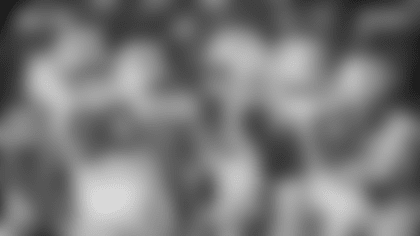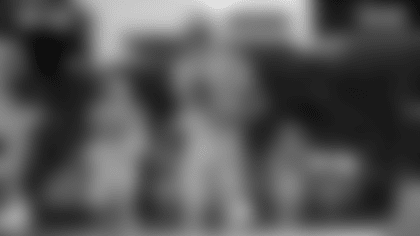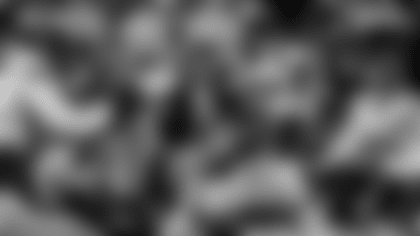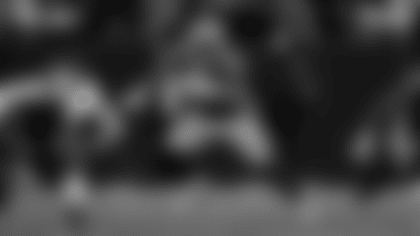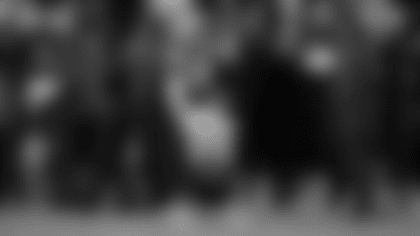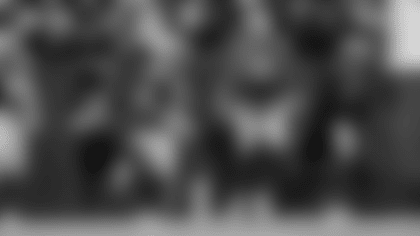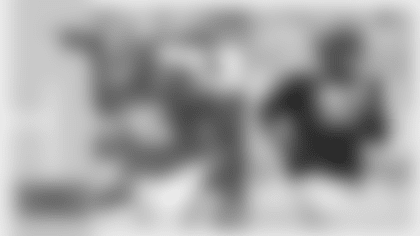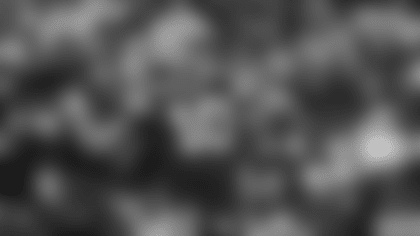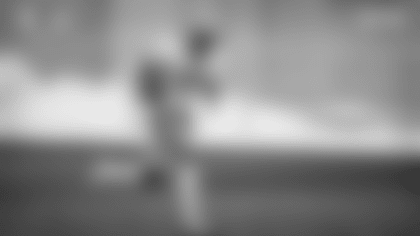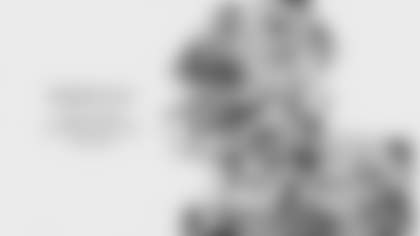Watch the progress: Packers.com Lambeau Cam
**
Two of what might be the world's largest sewing machines are making their way, very slowly, around Lambeau Field these days.
The stitching of the new DD Grassmaster playing surface began last week and is expected to be completed by the end of the month, in time for the Packers' annual Family Night scrimmage on Aug. 4.
The stitching process is being done by automated machines protected by a tent covering. The machines have 6-foot-wide rows of needles, with the needles spaced just 3/4 of an inch apart, and they push synthetic fibers more than 7 inches underground and loop them back up just above the surface. After doing a row of stitches, the machines move forward 3/4 of an inch and do it again, repeating roughly every 12 seconds.
The process will help to stabilize the sand base underneath the natural grass playing field, allowing for the new Lambeau surface to hold together when the natural grass wears out during the latter part of the season.
"It's going to be a safer, more consistent surface in different weather conditions," Packers field manager Allen Johnson said. "That's the main improvement."
The Packers installed the DD Grassmaster surface on Clarke Hinkle Field, one of the team's primary practice fields, in 2005 with good results. Toward the end of training camp the last two years, with much of the natural grass worn down by the heat and players' cleats, the footing for the players remained firm.
"We had great success with the practice field, and I think that was the driving factor, the safety and consistency of the surface," Johnson said. "And it still allows us to have natural grass here in Lambeau."
In all, the machines will put roughly 20 million stitches in the field to complete the process. This is essentially the last step in the resurfacing of Lambeau Field, which received its new Kentucky bluegrass sod on May 10. That sod was given sufficient time to root in the new sand base before the stitching process began.
The switch to a sand base, rather than the former clay base, was done to improve the field's drainage. Johnson said the new root zone is tested up to 8 1/2 inches of rain per hour.
But by using sand as a base, something is needed to hold it together in the latter stages of the season, when it's too cold to grow grass in Wisconsin but there are still games to be played.
{sportsad300}That's where the stitching comes in, a process that shouldn't have to be repeated for quite some time.
"When we were researching this, I went and saw some soccer fields over in Europe that were 12 years old, and they haven't been redone," Johnson said. "We're hoping to get a long time out of this."
After this year, getting the field ready for a new season will involve simply re-seeding to re-grow the grass, rather than re-sodding the entire surface.
The re-surfacing also has included the installation of a rubberized surface over top of the concrete apron surrounding the field. The rubberized surface is similar to what is used on an Olympic track, and it will provide safe footing between the field and lower railings of the stadium bowl.
The field's heating system was also expanded all the way to the railings, which will help prevent ice buildup or other cold-weather dangers from affecting the field's apron.
The most noticeable difference in the field for the fans and players likely will be the reduction of the "crown" in the middle of the field. Previously, Johnson said, the crown was anywhere from 10 to 14 inches high, but with the sand base improving drainage, the crown was lowered to 5 1/2 inches.
"One of the nice things about this type of system is we found on our practice field, after practice, we no longer go check for holes or loose spots," Johnson said. "The surface stays flat and consistent and safe. That's the main benefit of it."



